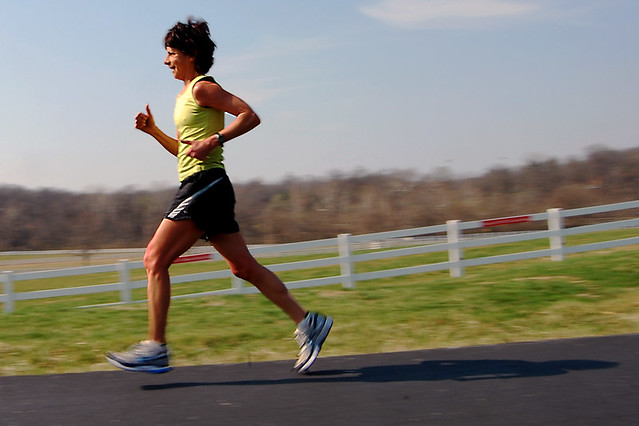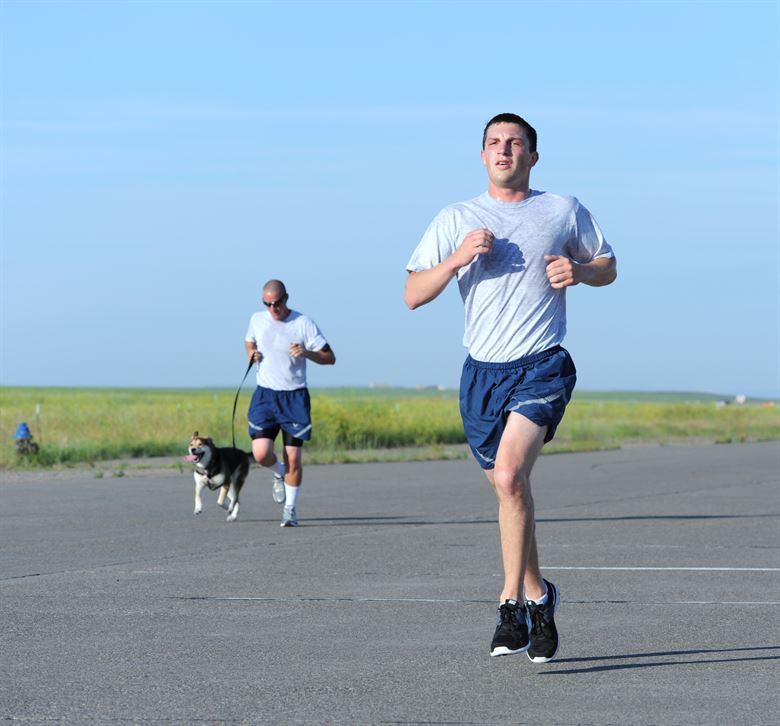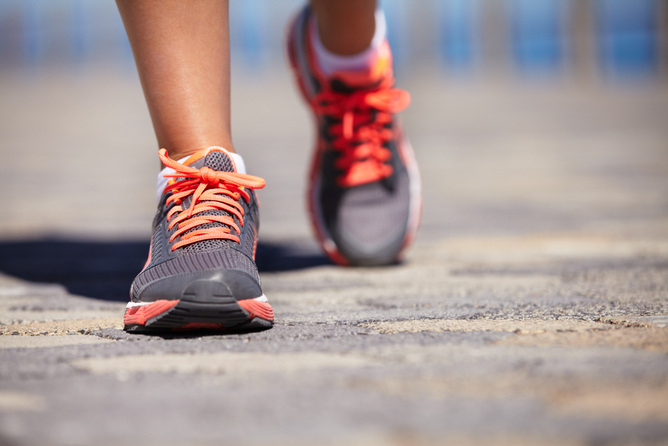How Should I Breathe When Running

Who would have thought of learning how to breathe while running? Nobody teaches how to breathe when you are starting as a runner. Proper breathing makes a big difference in overall performance and comfort when running. While breathing is a very natural thing for the body but learning few breathing habits will help you run efficiently.
Learning a few theories on the effects of breathing on running and the best way to breathe will be helpful in your running workouts.
Nose or Mouth Breathing
You may breathe from the nose if going for a casual run. You can also try inhaling through the nose and exhaling through the mouth. If you can’t breathe through the nose or struggle catching breathe you can try breathing only through mouth this will be easier for you. During sprints or high-intensity runs, breathing through the mouth is recommended, as it is efficient. This allows more oxygen to enter into the body and fuel the muscles. Breathing through the mouth also helps in relieving tightness and tension in the jaw, which will relax your body and face.

Inhale and Exhale Through Nose and Mouth
Breathing only through the mouth can hyperventilate while breathing only through the nose won’t provide sufficient oxygen to the body. Inhaling and exhaling through both nose and mouth while running is the best way to breathe. This will keep the breath study and also engage diaphragm to allow maximum oxygen intake. It also helps in the quick expelling of carbon dioxide.
Practice this method during the daytime. Initially, you may find it difficult because our brain is wired to breathe through the nose. Once you get a hold of this method, it will be easier for you to apply this when you are running.
Deep Belly Breathing
Deep belly breathing also known as diaphragmatic breathing helps to strengthen our muscles and also encourage the full oxygen exchange. This method makes the breathing process more effective and the body can use the oxygen more efficiently. Deep belly breathing allows the intake of more air into the body which helps prevent side stitches. Practice this method when your body is at rest.
- Pay attention to upper body form. It is important to keep a straight posture, relax your shoulders, avoid slouching or hunching. Keep the head in line with your body.
- Breathe in through the nose and push the stomach out, use the diaphragm to push oxygen down and out. Instead of expanding the chest try to expand the belly. This will allow maximum oxygen intake in each breath.
- Breathe out slowly through the mouth.
When you are starting with the belly breathing method, try practicing this method for a few times each session of five minutes every day. When it will be in your habit you will comfortably use your diaphragm for breathing, it will become easier to efficiently breath when out on a run.
Breathing exercises for running
Take out some time to sit and just focus only on your breath. This exercise will help in enhancing lung capacity and function and also develop breath awareness.
Try the breathing exercise which you are most comfortable with. Create your exercise routine by following different breathing techniques.
- alternate nostril breathing
- rib-stretch breathing
- equal breathing
- pursed-lips breathing
- numbered breathing

Breathing During Sprints
when you run at a fast pace you must have noticed how gradually the nose breathing shifts to mouth. You start breathing in and out through the mouth completely. You might wonder if breathing through the mouth is wrong during high-intensity work.
many types of research are done on the side effects of nasal vs. mouth breathing during anaerobic work doing high-intensity performances. In a study, many researchers examined the outcome of performance and heart rate when the runner used the nose to breathe while another use mouth. It was found that the respiratory exchange ratio is higher when the breathing is done using only the mouth. This can be used as a fitness level indicator. Heart was considerably higher when breathing is done through nose. It was concluded that the mode of breathing has no effect on performance measure and output.

Breathing Rhythm to follow while running
- follow 3:3 when doing low-intensity easy runs- take three steps when breathing in and three steps when breathing out.
- Follow 2:2 for medium intensity runs- take 2 steps when breathing in and out)
- Follow 1:1 for high or maximum intensity runs
These rates are used as a rule of thumb and not necessarily apply the same to every runner. The best way to figure out the best breathing pattern is to try different breathing rhythms.
Many studies have also rejected this notion of settling on recommended breathing rates. Regardless of running intensity and breathing rate, it is very important to focus on conscious and deep belly breathing to increase the length of time for breathing in and out.




